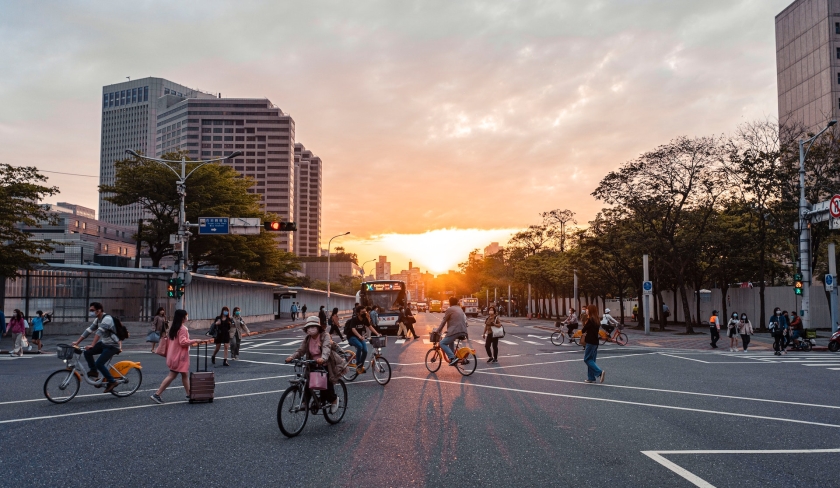
$ 5 m “PropteX” Program aims to support startups, innovation
Paragon Developments has teamed up with Adeer International, PMaestro alongside their German partner, QNTF, to ...

The Sustainable Lifestyles Learning Module can help individuals learn how their actions can play a key role in protecting the planet as experts stressed that individuals must make sustainable lifestyle changes in their day-to-day lives.
The Global Opportunities for Sustainable Development Goals, UNEP’s Sustainable Lifestyles Team and the UN System Staff College worked with partners to develop the module. It is one of many products from the One Planet Network Sustainable Lifestyles and Education Program.
The self-paced online course explores what sustainable lifestyles are, the values and beliefs that influence consumer choices, and how to translate the science behind lifestyles into effective action.
“As individuals, we have the power to urge all stakeholders – governments, businesses and more – to make sustainable living the default option and to make more informed choices,” said Jorge Laguna-Celis, director of UNEP’s One Planet Network. The unit brings together businesses, governments and other stakeholders to accelerate the change needed to address the triple planetary crisis of climate change, nature and biodiversity loss, and pollution and waste.
The module highlighted five ways the average person can reduce their carbon footprint and live more sustainably.
These ways include opting for plant-based diets when possible as this is the most effective way to reduce the wide-ranging impacts of food consumption. Agricultural expansion is driving almost 90 percent of global deforestation, while some 25 percent of the global land surface is used for grazing livestock.
This threatens biodiversity and ecosystem services, which provide shelter to local communities, medicine, recreational and spiritual benefits, and economic opportunities. Swapping to a more vegetable-friendly diet can improve one’s health, lower greenhouse gas emissions and reduce biodiversity loss.
The module also called for using public or shared transport, or even better, walking and cycling, can help reduce emissions – and air pollution. It can also encourage a shift in the way planners design cities.
Approximately 95 percent of the world’s transport is still fossil-fuel-powered and the transport sector directly accounts for 23 percent of global energy-related carbon dioxide emissions, the UNEP expounded.
Simple actions in households and offices can reduce energy needs. This includes using natural light, changing clothes instead of relying on heating or cooling, and shifting to more sustainable furnishings and energy-efficient appliances.
Buildings account for 21 percent of total greenhouse gas emissions, primarily due to electricity, heating and cooling.
In this era of overconsumption, experts say consumers must change shopping patterns to consider what they need, prioritize products that last longer, and opt for sharing and repairing goods – while still ensuring people can meet their basic needs. These practices can reduce the use of high-footprint materials like plastics, paper and textiles, reducing waste and associated emissions.
Humanity produces 2.24 billion tons of municipal solid waste annually, of which only 55 per cent is managed in controlled facilities, according to the World Bank.
Individuals can also make impactful actions to shift to more sustainable leisure activities by staying local and supporting nearby businesses. The tourism sector accounts for around 8 percent of all emissions. When travelling a long distance, experts suggest extending stays, eating local and avoiding disposables in favor of reusable products, including utensils.
Paragon Developments has teamed up with Adeer International, PMaestro alongside their German partner, QNTF, to ...
Crédit Agricole Egypt Foundation for Development and Schneider Electric have successfully concluded the Second Phase ...
The European Commission (EC) has decided to register a European Citizens’ Initiative (ECI) entitled ‘Save ...


اترك تعليقا